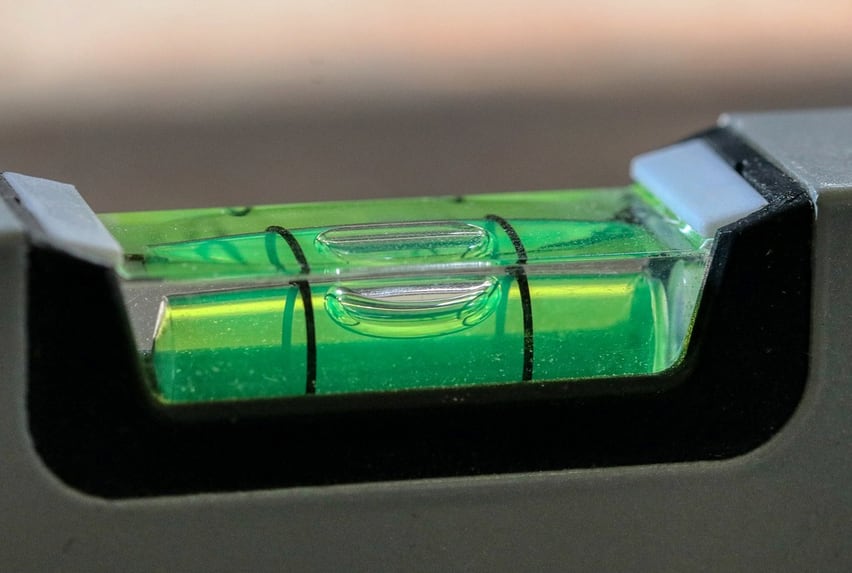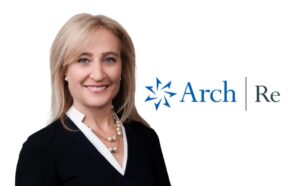Reinsurer & primary risk sharing realigned. No sign of softening: RBC

One of the key themes to come out of renewals over the last year is a realignment of risk sharing in natural catastrophe risks between the reinsurance market, including ILS funds and alternative capital, and the primary insurers, which positions the reinsurance side to better be able to demonstrate the profit-potential of their businesses this year, analysts at RBC have stated.
The RBC Capital Markets equity analyst team note that property catastrophe reinsurance rates-on-line (ROLs) are now back at levels seen in the mid-2000’s, when we last saw an entry of a number of new specialty re/insurance players.
But, in 2023, we still aren’t seeing the construction of new re/insurance balance-sheets en masse, while capital levels remain depressed by unrealised asset losses.
While the catastrophe bond market has been one bright spot of new capital entering the market, helping to drive the record half-year issuance, this has been concentrated in the higher-layers of reinsurance towers, and is often soaking up demand for additional cover, or cover some reinsurers have shied away from, so still the pressure on price is not significant, across reinsurance.
The analysts believe that, “The growth in alternative capital so far has not been meaningful enough to disrupt the pricing environment.”
While they also note that a re-accelerating commercial insurance market could “give more legs to reinsurance pricing”, to which we’d also add that the moves by some major primary insurers to pull-back and exit certain catastrophe exposed markets should also help to sustain rates at higher-levels.
Meanwhile, demand for reinsurance continues to rise, thanks to inflation and increased risk aversion, the analysts note.
But, they don’t believe we’re seeing a “permanent rebasing” of rates, rather feeling this is a “synchronised effort across the industry to ensure earnings delivery, thereby enforcing this discipline in capital deployment.”
“So, a “show-me” story that should help break away from the sector’s “jam tomorrow” perception.”
The industry does need to rebase its pricing though, as it’s clear any return to the softened rates of the mid 2010’s would now cause a capital exit, rather than a capital entry in insurance-linked securities (ILS), while on the traditional reinsurance side delivering reliable profits could be a significant challenge back at the softened rates seen at that time.
The “realignment of risk sharing” within natural catastrophe risks means primary insurers are retaining much more of the loss activity seen so far this year, meaning the analysts feel reinsurers may now have their chance to evidence their performance potential, which also reads true for the ILS market as well.
Insured nat cat losses in the first-half are seen as around the historical average, with the RBC Capital Markets analysts estimated around $35 billion.
There were also an estimated roughly $2 billion of man-made losses in the half, the analysts state.
But, with one of the key drivers of the nat cat losses being US severe weather and convective storm activity, the analysts believe the majority could be retained by primary carriers.
“We hypothesize that wind events to date are an aggregation of many “low-cost” events which are likely to fall within primary retention levels. Retention levels have also been nudged upward, therefore insulating reinsurers from losses. That said, impact on attritional losses via primary operations and/or quota share policies are possible,” they explained.
They point to catastrophe bond index returns being at record levels for the first-half, saying this points to a strong year for reinsurance as well.
All of which means the reinsurance and ILS industry will go into hurricane seasons’ peak with a buffer on the cat loss front and on the earnings front, which is potentially the best set-up for the second-half of the year in a long time.






